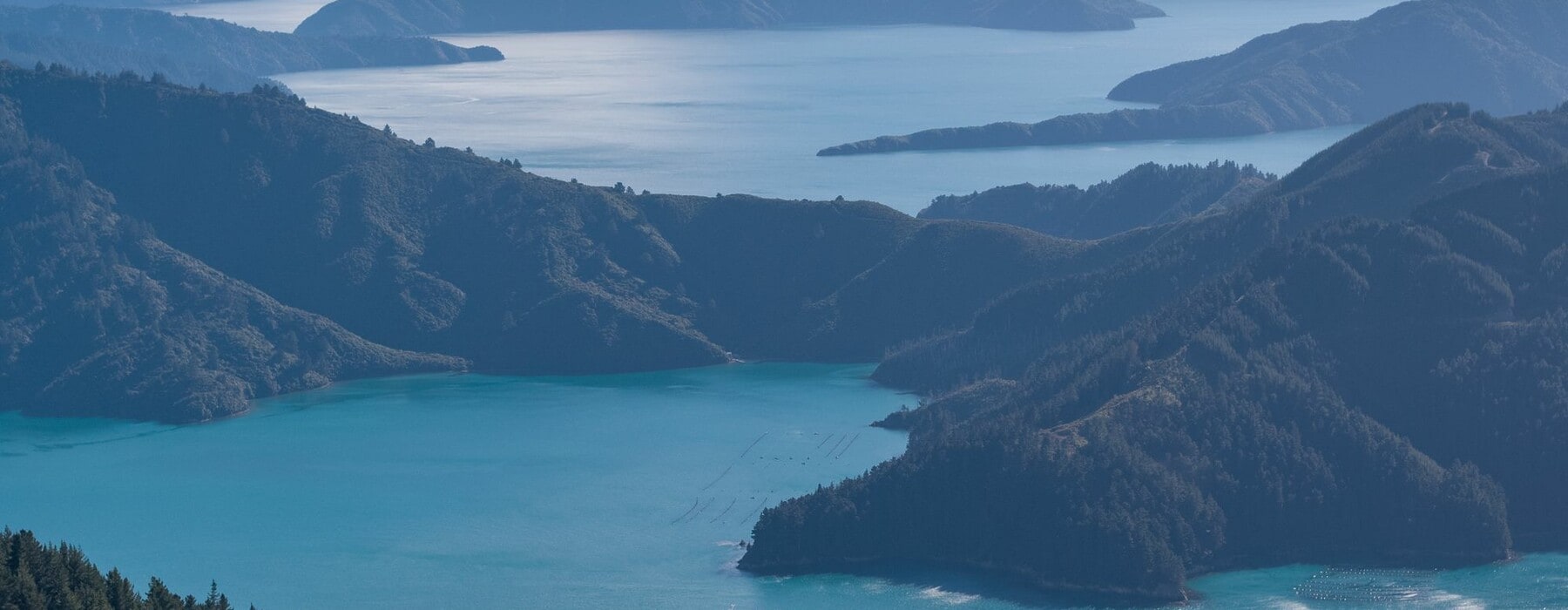Unlock the secrets of the past and present with some simple te reo translation. Stacey Morrison shares how you can discover the beauty behind place names across Aotearoa.
Ngā mihi o te tau hōu! Happy New year! Or should I say, with relief, nau mai e te tau hōu – welcome to the new year, and a grateful goodbye to the bizarre 2020.
I hope you’ve managed some whakatā – downtime, relaxation and maybe even some travel around our beautiful whenua.
As you move around (or even search exotic camping spots online, as I’ve been doing), the Māori place names that pop up are an easy and interesting way to add a splash of reo Māori to your summer.
Landmark meanings
Landmarks come up a lot in our place names, so once you know a few of them you’ll be able to pick up some themes: awa (river); roto (lake); maunga (mountain); puke (hill); moana (sea or ocean); whanga (harbour or bay); wai (water). If you get those terms under your belt, you’ll at least know what landmark they’re referring to, even if you don’t recognise the letters that come after or before. Sometimes a simple word like iti (small) may follow, simply referring to a small hill, river or lake. But often there’s a deeper origin story.
Many of our place names have been shortened, such as Rangitoto in Auckland’s Hauraki Gulf, which is an abbrevation of: Te rangi i totongia ai te ihu o Tamatekapua (The day that Tamatekapua had a bloody nose). So, only having to pronounce Rangitoto is getting off lightly, really! It’s an epic story of a battle (with lust and adultery at the centre of the skirmish) and that’s what I love about our place names – they hold stories and perceptions from our ancestors.
Pronouncing these names correctly is more challenging if we go for the full version, but the shorter version, Rangitoto, and many other names have audio references at maoridictionary.co.nz so you can hear the correct pronunciation.
Telling the story
Iwi of the area will be able to tell you what the place names mean, because, as I say, sometimes it’s a literal description. But often, as in the case of Rangitoto, there’s a bigger story behind it – and sometimes there’s a few versions of the story, just to keep things exciting! I chose to reference that name because Tamatekapua is my ancestor, and even though we’re not mana whenua in Auckland, the name lives on and I love looking out to Rangitoto and feeling a sense of what has gone before us.
When I’m back home in Te Waipounamu, the South Island, I’m often referring to Kā Huru Manu (kahurumanu.co.nz) – the Ngāi Tahu atlas of place names and histories – for insights and references that I find fascinating, and even though I know some of them, there’s always more to learn. For instance, last year we went to Franz Josef Glacier, or Kā Roimata ō Hine Hukatere (the tears of Hine Hukatere), where our relations from Makaawhio keep the story of Hine Hukatere alive: of how she lost her lover in an avalanche and her tears of grief were frozen by the gods, to become the glacier.
As tragically romantic as that is, our place names hold mana and meaning that can be unlocked by te reo Māori, and just taking an extra moment to learn these names, and say them well, can help you see our country in a whole new way.








